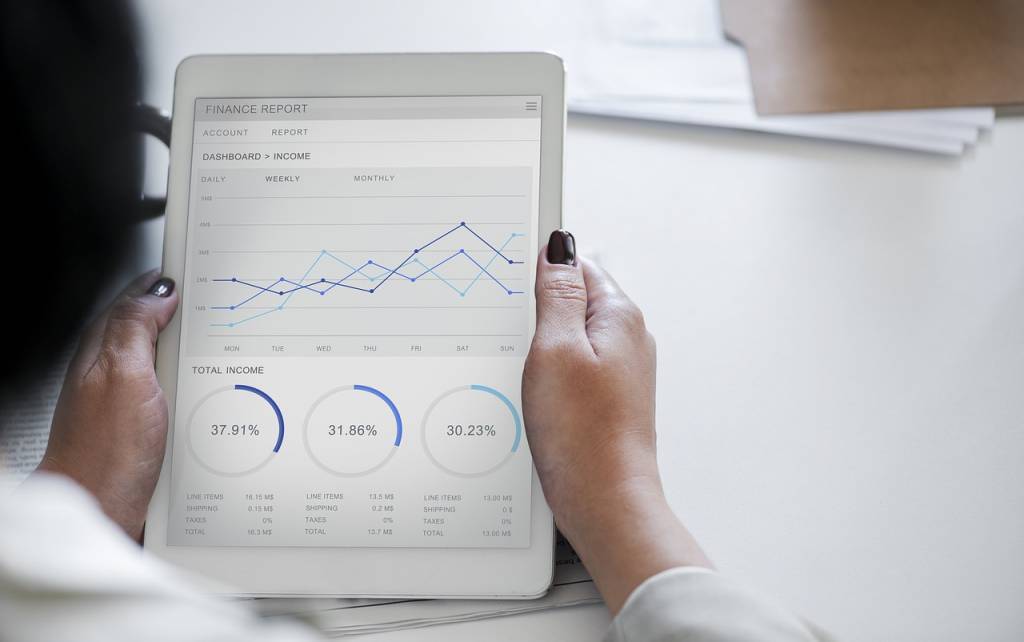Data is absolutely crucial in modern healthcare. Without data, doctors have very little context for their patients’ health—they don’t have historical benchmarks, making it much harder to treat medical problems. Big data, which many hospitals are beginning to integrate into their day-to-day operations, has the power to help diagnose patients, improve outcomes, cut down on patient wait times, and even reduce medical errors.
Today, most hospitals are moving away from paper records in the United States, in order to serve patients better and make doctors more effective. In 2015, 83.8% of hospitals had at least basic electronic health records (EHRs), and that number continues to grow every year. EHRs allow healthcare providers to collaborate on patient care, cut costs, and improve outcomes.
Of course, data in healthcare does have some drawbacks. Patient data is extremely sensitive and prone to becoming compromised due to employee negligence or theft. Cybercrime is on the rise, with hospitals and other healthcare organizations representing prime targets for hackers.
The problem is so bad that in the last two years, 89% of healthcare organizations experienced a breach and lost control of patient data. As EHRs have become more widespread, regulations have been put into place to help protect patient data, but organizations struggle to prevent breaches and routinely lose sensitive data.
So how did we get to this point? Let’s take a look at how data made its way into hospitals with these 5 little-known facts of healthcare data.
- The first electronic health record was created in 1969
Before most people even knew what a computer was, Dr. Lawrence Weed developed the first rudimentary EHR system. Back then, storage and mainframes were extremely expensive, and hospitals had to share their technology. Dr. Weed’s system was call the Problem-Oriented Medical Information System. Although revolutionary, it would be a long time before the EHR would be adopted by nearly every hospital in the nation.
- The federal government introduces EHRs in the 1970s
On the cutting edge of healthcare data, the government began implementing VistA (formerly known as the Decentralized Hospital Computer Program) at the Department of Veteran Affairs. A study by the Institute of Medicine began in the 1980s, and its findings recommended the use of EHRs when they were published in 1991.
- The Health Insurance Portability and Accountability Act was introduced in 1996
Today, everyone has heard of HIPAA, but it has only existed for about 20 years. The Health Insurance Portability and Accountability Act was designed to protect patient data as more computer systems entered healthcare organizations. Since its implementation, healthcare organizations across the country have been issued stiff fines for non-compliance—some as much as $3.5 million or more.
- The Health Information Technology for Economic and Clinical Health Act was introduced in 2009
Recognizing the importance of EHR to improve the healthcare system, the Health Information Technology for Economic and Clinical Health Act (HITECH) was introduced in 2009 to encourage organizations to adopt electronic records. It was also implemented to improve patient security and boost HIPAA’s effectiveness, by increasing penalties for repeated non-compliance and improving data breach notifications.
The goal was to convert organizations to electronic records by 2014, by offering incentives for EHR use until 2015, at which point, penalties would be issued for organizations that had not made the switch. These deadlines were ultimately pushed back, as adoption in some phases proved slow. HITECH was very effective in improving EHR adoption—hospital usage jumped from 3.2% in 2008 to 14.2% in 2015.
- HITECH and HIPAA improved in 2013
With more hospitals using EHR, HITECH and HIPAA were revised and expanded in 2013. Fixes included increased protection and control for patients over their own data. Today, hospitals must adhere to strict data security guidelines or face non-compliance consequences. HIPAA audits look at about 180 different criteria, and have evolved to require both physical and technical safeguards for keeping patient data secure.
Healthcare Data: A Massive Part of Patient Care
Despite the concerns over patient privacy, there’s no denying that healthcare data is plays an important role in modern patient care. As far back as 2012, healthcare data represented 30% of electronic data storage worldwide. In 2013, the amount of healthcare data was 153 exabytes—which is expected to grow to 2,314 exabytes by 2020. With the amount of data only growing, we need to understand the important role it plays in improving outcomes and overall efficiency—while also acknowledging the risks that cybercriminals pose.


















